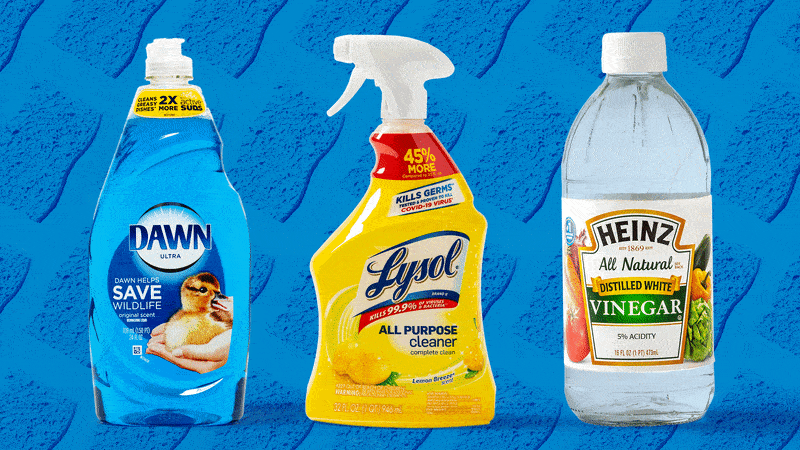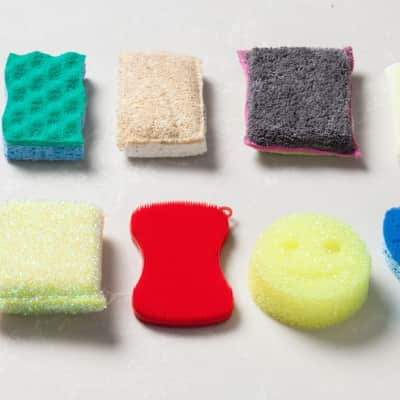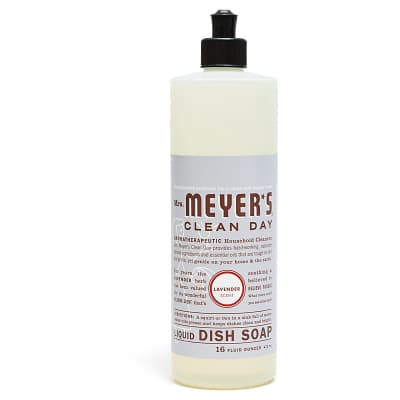We all dream of a spotless kitchen filled with sparkling appliances, crystal-clear glassware, gleaming pots and pans, and brilliant white kitchen towels—but what’s the easiest and best way to maintain a pristine workspace? For advice, I got in touch with a chemical engineer who is also an avid home cook.
Dr. Nancy Falk, principal and owner of Nancy A. Falk, Ph.D, Formulation Consulting LLC, talked me through the most common types of products that cooks should keep on hand for quick and efficient cleanup. Falk, who was a formulation scientist for Clorox and Unilever for nearly three decades, firmly believes that “If you have a nice clean kitchen to work in, where everything is ready to use, cooking is a much more pleasurable experience.”
I couldn’t agree more.
Read on to learn about the eight types of products Falk discussed that can be used to tackle just about any type of mess you may encounter.




